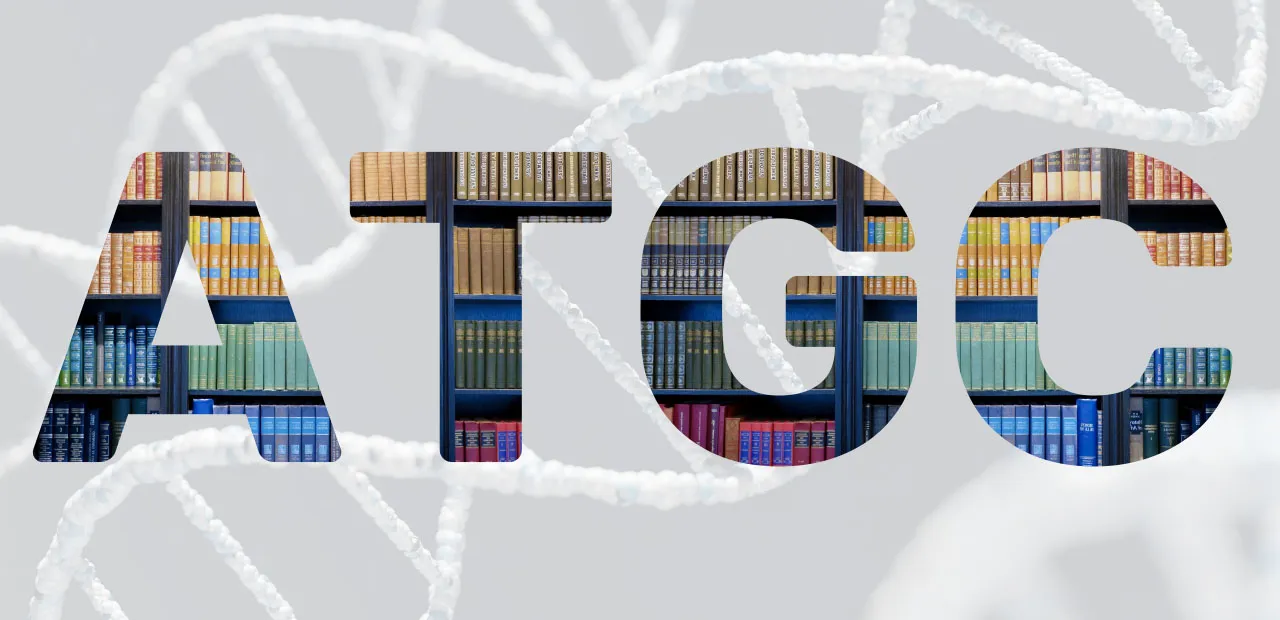GOG Will Start Deleting Cloud Saves This Summer
Read more of this story at Slashdot.
Read more of this story at Slashdot.
Read more of this story at Slashdot.
Read more of this story at Slashdot.
Read more of this story at Slashdot.
Read more of this story at Slashdot.
Read more of this story at Slashdot.
Read more of this story at Slashdot.
Read more of this story at Slashdot.
Read more of this story at Slashdot.
Read more of this story at Slashdot.
Read more of this story at Slashdot.
 Voici un bon complément aux résultats financiers pour Q1 2024 d’Intel, NVIDIA et AMD : le rapport de JPR sur la situation du marché de la carte graphique dédié pour desktop pour la même période. Tout d’abord, l’analyste salue le retour d’un semblant de saisonnalité pour le marché de la carte graphiq...
Voici un bon complément aux résultats financiers pour Q1 2024 d’Intel, NVIDIA et AMD : le rapport de JPR sur la situation du marché de la carte graphique dédié pour desktop pour la même période. Tout d’abord, l’analyste salue le retour d’un semblant de saisonnalité pour le marché de la carte graphiq...
Read more of this story at Slashdot.
Le premier vol de Starship a déjà plus d’un an et s’était soldé par une explosion après trois minutes de vol. Lors du second vol en novembre dernier, la séparation a bien eu lieu, mais le test a ensuite été brutalement interrompu par une explosion. Lors du troisième essai, Starship a réussi à se mettre en orbite, mais ce n’était pas encore ça sur le retour de la fusée.
Avec son quatrième vol, SpaceX réalise un carton plein, ou presque. En tout cas, les deux principaux objectifs sont remplis : le retour du premier étage après un peu plus de sept minutes, puis du second étage au bout d’une heure, sans exploser et avec la bonne position dans les deux cas.
On peut voir sur la vidéo de lancement qu’un des 33 moteurs Raptor n’a pas fonctionné, ce qui n’a pas empêché la fusée de décoller.
La séparation entre les deux étages s’est correctement faite. Super Heavy (premier étage) est ensuite venu se « poser » à la surface de l’eau, avec l’aide de trois moteurs pour ralentir la chute. Pas de barge cette fois-ci, mais c’était prévu ainsi.
SpaceX explique avoir profité de ce lancement pour réaliser quelques tests de résistance sur l’étage supérieur Starship. Deux tuiles du bouclier ont par exemple été enlevées pour mesurer la température à ces endroits.
« Malgré la perte de nombreuses tuiles et un volet endommagé, Starship a réussi à atterrir en douceur dans l’océan ! », se réjouit Elon Musk. Il ajoute qu’une tentative de récupération du booster aura lieu lors du prochain lancement. Bill Nelson, administrateur de la NASA, félicite aussi SpaceX pour cet essai.
Watch Starship's fourth flight test https://t.co/SjpjscHoUB
— SpaceX (@SpaceX) June 4, 2024

Biomemory compte proposer, d’ici 2030, des baies de stockage 42U d’une capacité d’un Eo (1 000 Po ou 1 000 000 To). La société mise sur l’ADN, peu onéreux, avec une densité et une longévité record. On n’en est pas encore là : il va falloir passer de 1 ko d’écriture par jour à 1 Po d’ici à quelques années.
Utiliser de l’ADN pour stocker des informations, l’idée n’est pas nouvelle. Le physicien américain Richard Feynman (prix Nobel en 1965) l’avait déjà suggérée dès 1959, rappelle le CNRS. Il a par contre fallu attendre 2012 pour que la première démonstration significative soit réalisée, à Harvard.
En France, l’Office parlementaire d’évaluation des choix scientifiques et technologiques (OPECST) a publié une « note » détaillée sur cette forme de stockage. On y retrouve les attentes, les embuches et le principe de fonctionnement.
Des entreprises se sont depuis lancées dans l’aventure, dont Biomemory. Elle était présente à Vivatech et nous avons pu discuter avec deux représentants de la société : Olivier Lauvray (membre du conseil consultatif et directeur technique à temps partiel) et Hela Ammar (chef d’équipe).
La société a été fondée par deux chercheurs et un informaticien : Erfane Arwani, Stéphane Lemaire et Pierre Crozet. Elle se présente comme étant à la « croisée de la biotech et de l’informatique ». C’est une spin-off du CNRS et la Sorbonne université, qui se trouve dans le 14ᵉ arrondissement de Paris. Elle s’est lancée en 2021 et emploie 18 personnes actuellement.
Stéphane Lemaire et Pierre Crozet se sont déjà illustrés il y a quelques années avec DNA Drive, deux capsules contenants des textes symboliques sur de l’ADN : la Déclaration des droits de l’homme et du citoyen de 1789 et la Déclaration des droits de la femme et de la citoyenne de 1791.
Le stockage ADN répond à un besoin : stocker toujours plus d’informations dans un volume restreint. En termes de densité, les possibilités de l’ADN sont sans commune mesure avec les autres solutions actuelles. Il y a quelques années, le CNRS expliquait qu’un « seul gramme peut théoriquement contenir jusqu’à 455 exabits d’informations, soit 455 milliards de milliards de bits. Toutes les données du monde tiendraient alors dans une boîte à chaussures ».
« Aujourd’hui, on arrive à stocker 30 % des données de l’humanité et d’ici 2030 on ne pourra stocker que 3 % », nous affirme Biomemory. Avec l’ADN, il sera possible d’enregistrer toujours plus de données, et à l’heure des IA (génératives) qui en sont extrêmement consommatrices, cette solution a le vent en poupe.
C’est d’ailleurs un cas d’usage mis en avant : permettre aux entreprises de garder leurs données brutes, alors « qu’aujourd’hui, elles sont obligées de les agréger, et ça perd de la valeur ». Le stockage ADN pourrait aussi permettre à des sociétés de garder leurs données sans les mettre entre les mains d’hébergeurs (étrangers ou non).
Il reste néanmoins du travail. « Aujourd’hui, on arrive à stocker un kilo octet par jour », reconnait Biomemory. Mais les perspectives d’évolution sont là : « L’idée, c’est d’arriver en 2025 à stocker un Go par jour. De continuer à progresser pour arriver à l’ordre d’un Po par jour en 2030 ». Cela donnerait 11,6 Go/s.
Le premier vol de Starship a déjà plus d’un an et s’était soldé par une explosion après trois minutes de vol. Lors du second vol en novembre dernier, la séparation a bien eu lieu, mais le test a ensuite été brutalement interrompu par une explosion. Lors du troisième essai, Starship a réussi à se mettre en orbite, mais ce n’était pas encore ça sur le retour de la fusée.
Avec son quatrième vol, SpaceX réalise un carton plein, ou presque. En tout cas, les deux principaux objectifs sont remplis : le retour du premier étage après un peu plus de sept minutes, puis du second étage au bout d’une heure, sans exploser et avec la bonne position dans les deux cas.
On peut voir sur la vidéo de lancement qu’un des 33 moteurs Raptor n’a pas fonctionné, ce qui n’a pas empêché la fusée de décoller.
La séparation entre les deux étages s’est correctement faite. Super Heavy (premier étage) est ensuite venu se « poser » à la surface de l’eau, avec l’aide de trois moteurs pour ralentir la chute. Pas de barge cette fois-ci, mais c’était prévu ainsi.
SpaceX explique avoir profité de ce lancement pour réaliser quelques tests de résistance sur l’étage supérieur Starship. Deux tuiles du bouclier ont par exemple été enlevées pour mesurer la température à ces endroits.
« Malgré la perte de nombreuses tuiles et un volet endommagé, Starship a réussi à atterrir en douceur dans l’océan ! », se réjouit Elon Musk. Il ajoute qu’une tentative de récupération du booster aura lieu lors du prochain lancement. Bill Nelson, administrateur de la NASA, félicite aussi SpaceX pour cet essai.
Watch Starship's fourth flight test https://t.co/SjpjscHoUB
— SpaceX (@SpaceX) June 4, 2024

